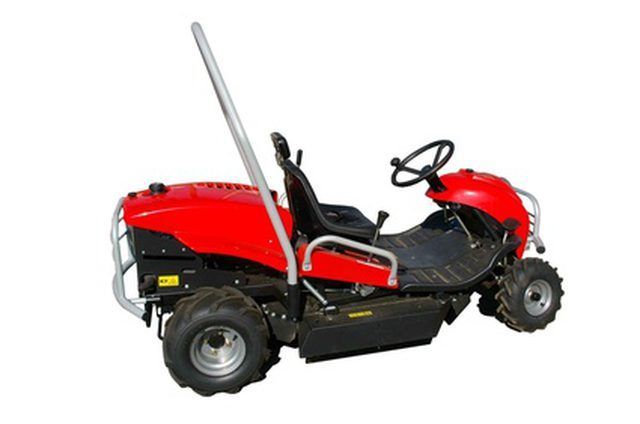Bulbs
Flower Basics
Flower Beds & Specialty Gardens
Flower Garden
Garden Furniture
Garden Gnomes
Garden Seeds
Garden Sheds
Garden Statues
Garden Tools & Supplies
Gardening Basics
Green & Organic
Groundcovers & Vines
Growing Annuals
Growing Basil
Growing Beans
Growing Berries
Growing Blueberries
Growing Cactus
Growing Corn
Growing Cotton
Growing Edibles
Growing Flowers
Growing Garlic
Growing Grapes
Growing Grass
Growing Herbs
Growing Jasmine
Growing Mint
Growing Mushrooms
Orchids
Growing Peanuts
Growing Perennials
Growing Plants
Growing Rosemary
Growing Roses
Growing Strawberries
Growing Sunflowers
Growing Thyme
Growing Tomatoes
Growing Tulips
Growing Vegetables
Herb Basics
Herb Garden
Indoor Growing
Landscaping Basics
Landscaping Patios
Landscaping Plants
Landscaping Shrubs
Landscaping Trees
Landscaping Walks & Pathways
Lawn Basics
Lawn Maintenance
Lawn Mowers
Lawn Ornaments
Lawn Planting
Lawn Tools
Outdoor Growing
Overall Landscape Planning
Pests, Weeds & Problems
Plant Basics
Rock Garden
Rose Garden
Shrubs
Soil
Specialty Gardens
Trees
Vegetable Garden
Yard Maintenance
How to Test a Lawn Mower Solenoid
How to Test a Lawn Mower Solenoid. Every lawn mower or riding mower that has a starter will also have a starter solenoid. Essentially, every starter solenoid acts like an electromagnetic switch. When a key is turned or a button pushed, electricity enters a solenoid in a regular starter circuit. A switch inside then makes a positive connection and...

Every lawn mower or riding mower that has a starter will also have a starter solenoid. Essentially, every starter solenoid acts like an electromagnetic switch. When a key is turned or a button pushed, electricity enters a solenoid in a regular starter circuit. A switch inside then makes a positive connection and allows electricity to flow to the starter motor. When a solenoid goes bad, the circuit cannot be completed, and the starter will not get any electricity to start the motor.
Things You'll Need
Wrench
Multimeter
Find the solenoid on your lawn mower. Trace the large red or positive cable that comes off the battery to the first junction to which it is connected. The battery cable will end at the solenoid and be connected to an electrical post. Leading away and on the other side of the solenoid will be another large red cable. This leads to the starter motor. Although there will be one or two other wires connected to the solenoid, none will be as large as the battery and starter cables.
Remove the starter cable from the solenoid by using the proper sized wrench. Keep the battery cable mounted and in place.
Set your multimeter to 20 volts DC. Turn the ignition to "on" and touch the black or ground probe to the chassis, and then touch the red or positive probe to the post where the battery cable is connected. Read the multimeter and verify that there is a voltage reading of approximately 12 volts.
Remove the red probe from the battery side, and touch the electrical post where the starter cable has been removed. Turn the ignition to the "start" position and read the voltage on the multimeter. The voltage should be exactly the same as on the battery side. If there is no voltage showing, the solenoid is no longer working and needs to be replaced.
Tips & Warnings
There are two favorite backyard mechanic ways to test a solenoid without a multimeter. The first involves gently tapping the top of the solenoid with a small hammer when the ignition switch is in the "start" position. This often will free a sticking switch, trigger the connection, and start the mower.
Another way is to use a screwdriver to bridge the gap between battery post and starter post. Just place the ignition into the "on" position, touch a screwdriver simultaneously to the battery and starter motor posts on the solenoid, and if the starter motor turns over, you know the solenoid is bad. If you try this, do not touch the screwdriver with your bare hand, or you will get a bad electric shock and possibly a burn. Wear work gloves, or, better yet, don't try this.
Always make sure your lawn mower is in neutral and the brakes are locked before trying any of these solenoid testing procedures.